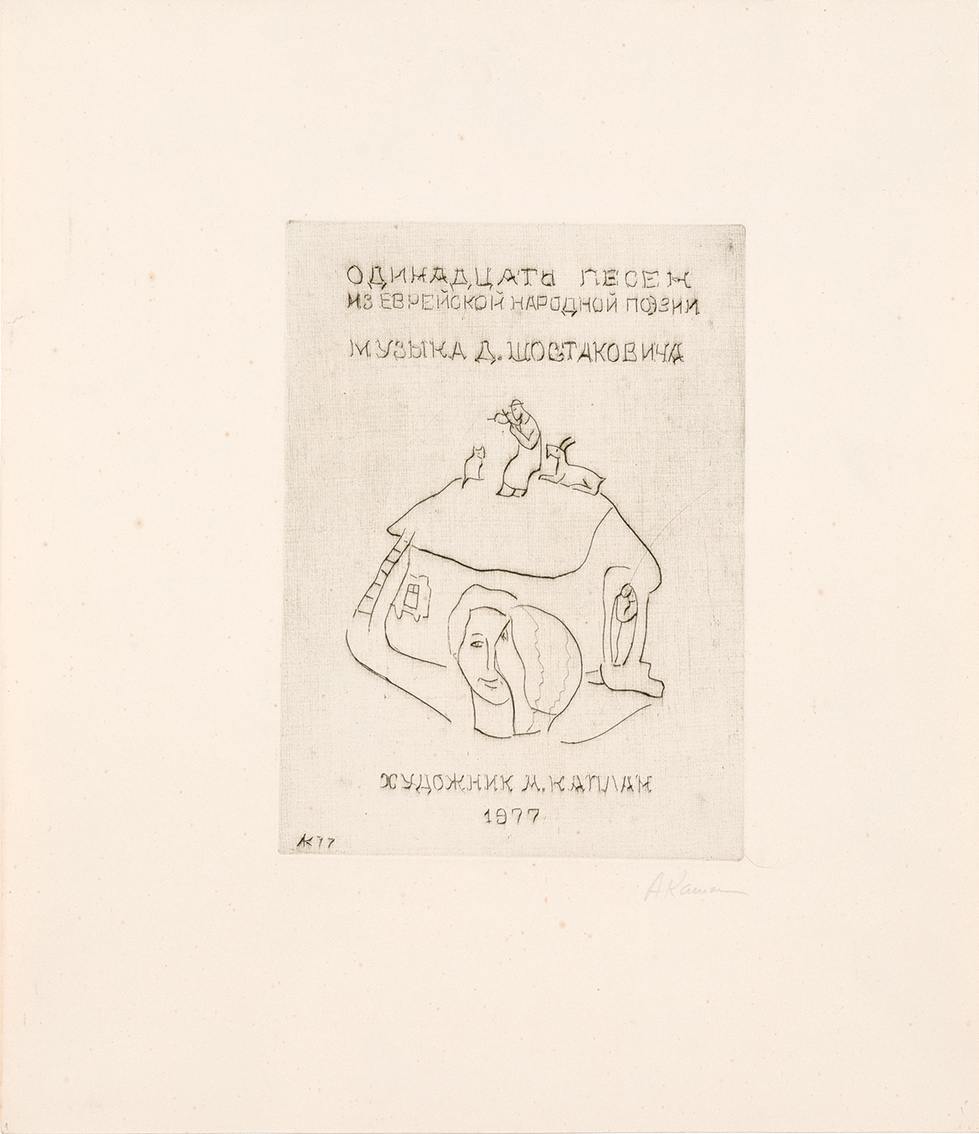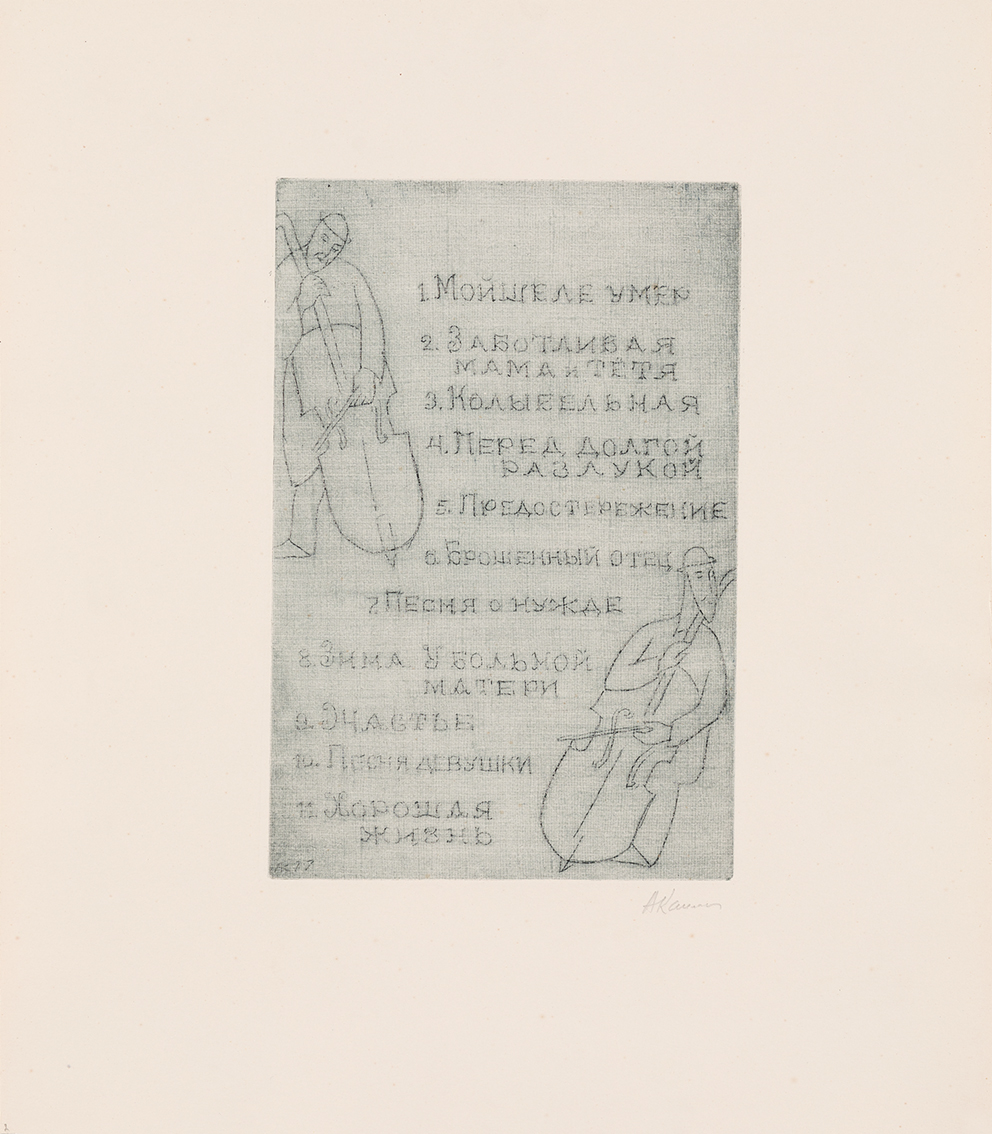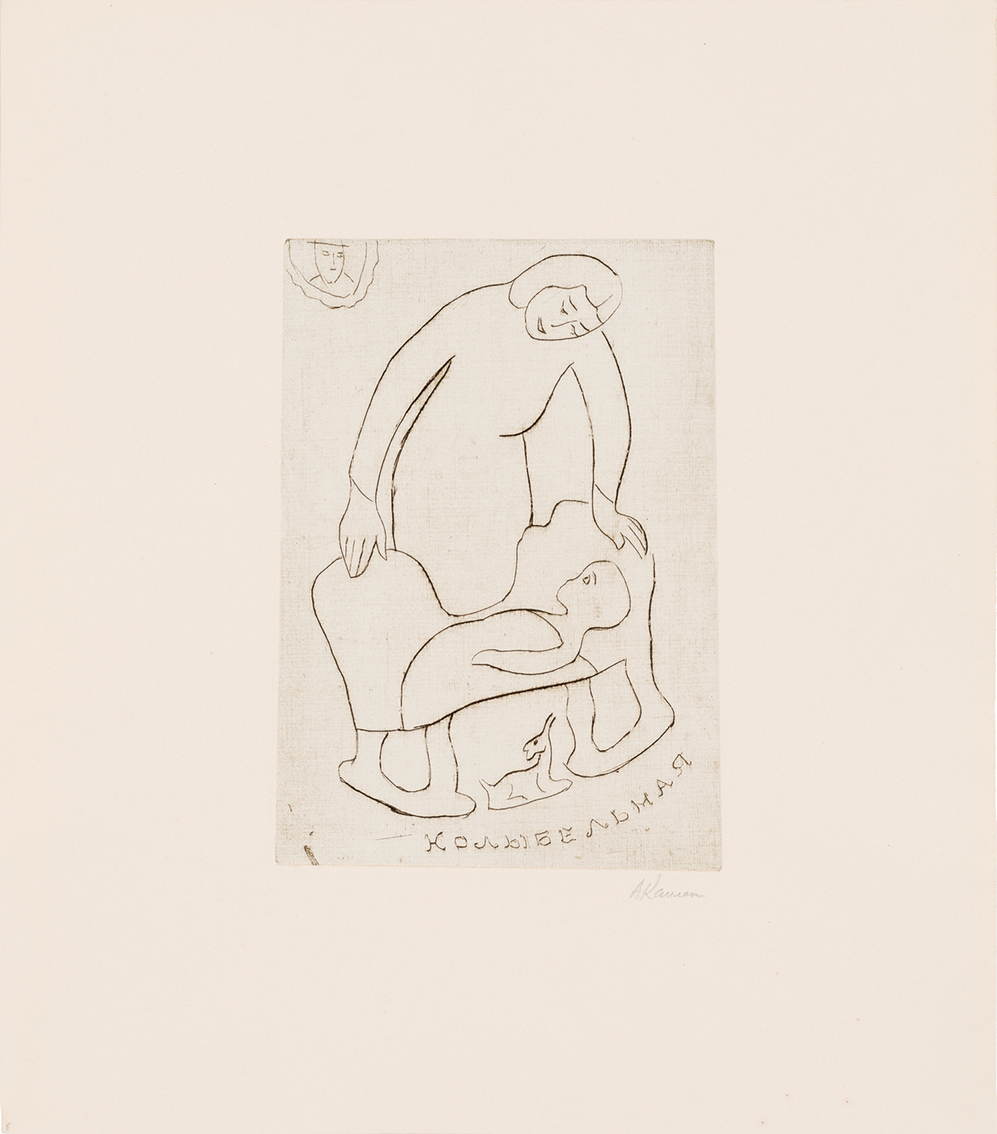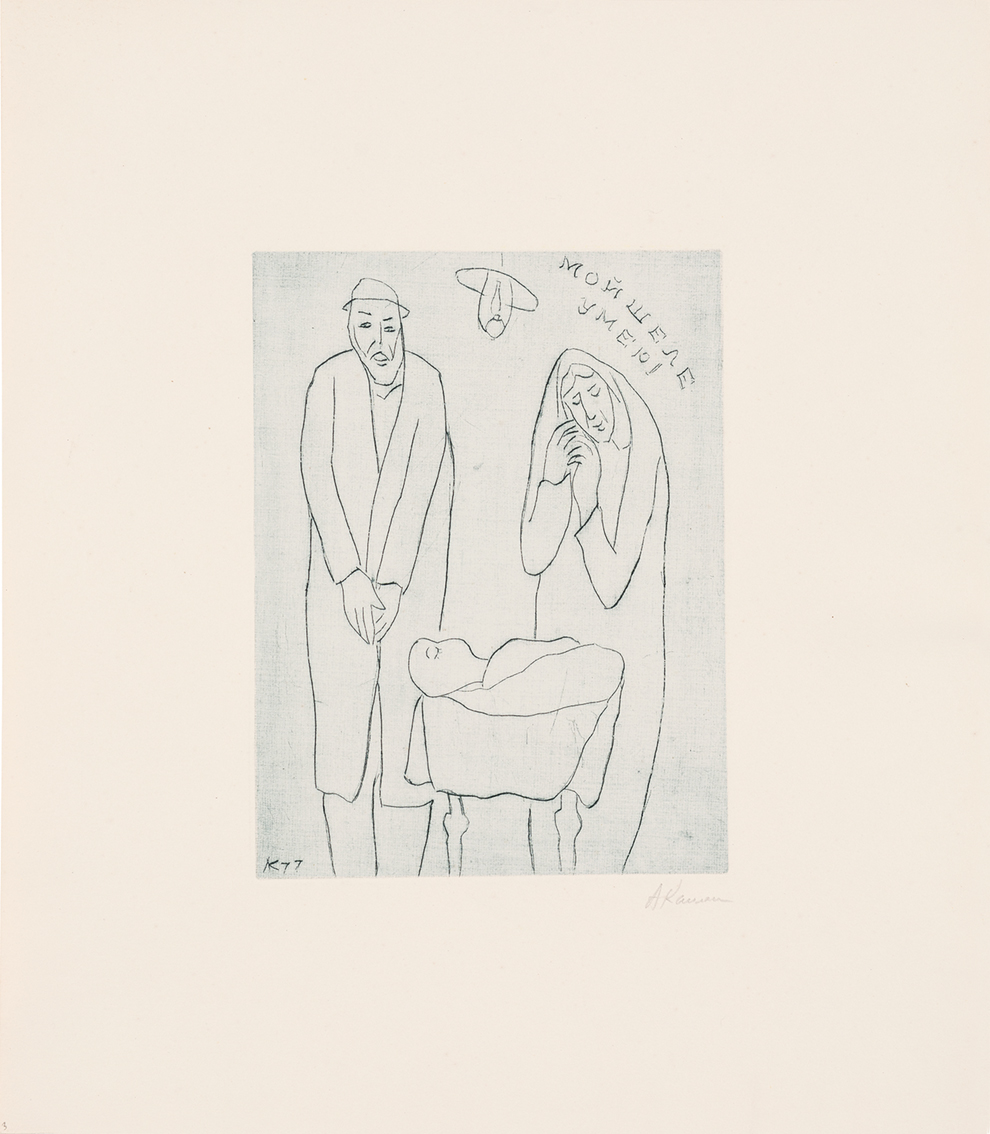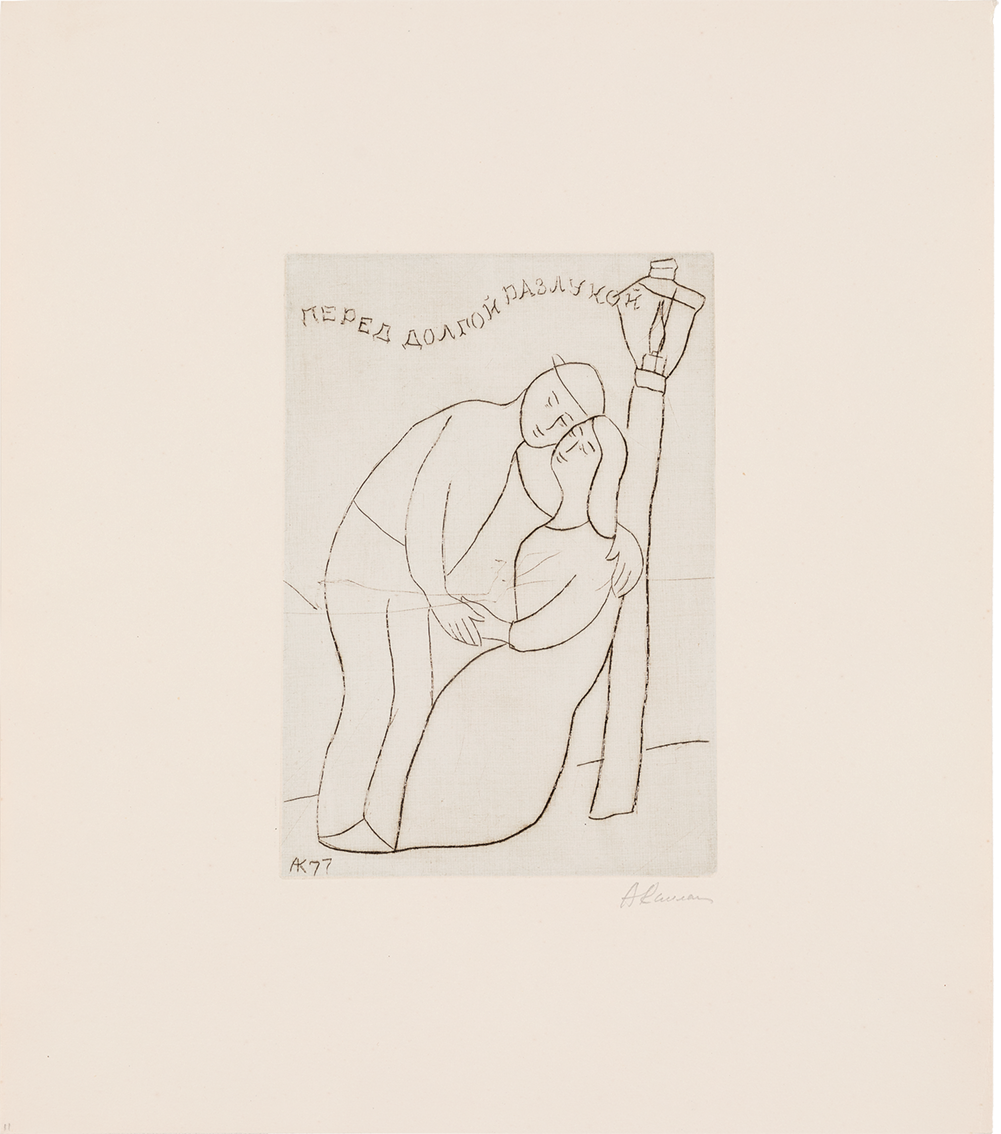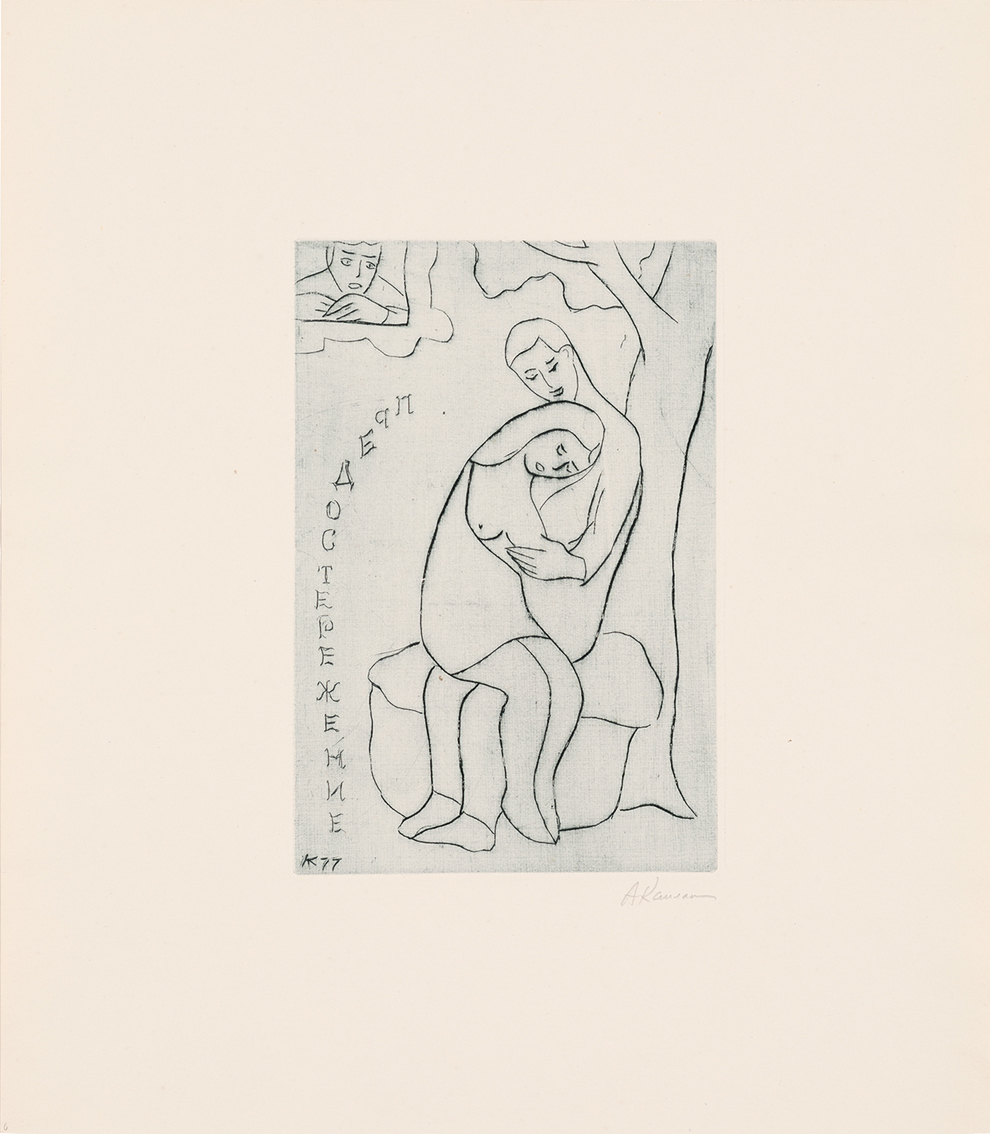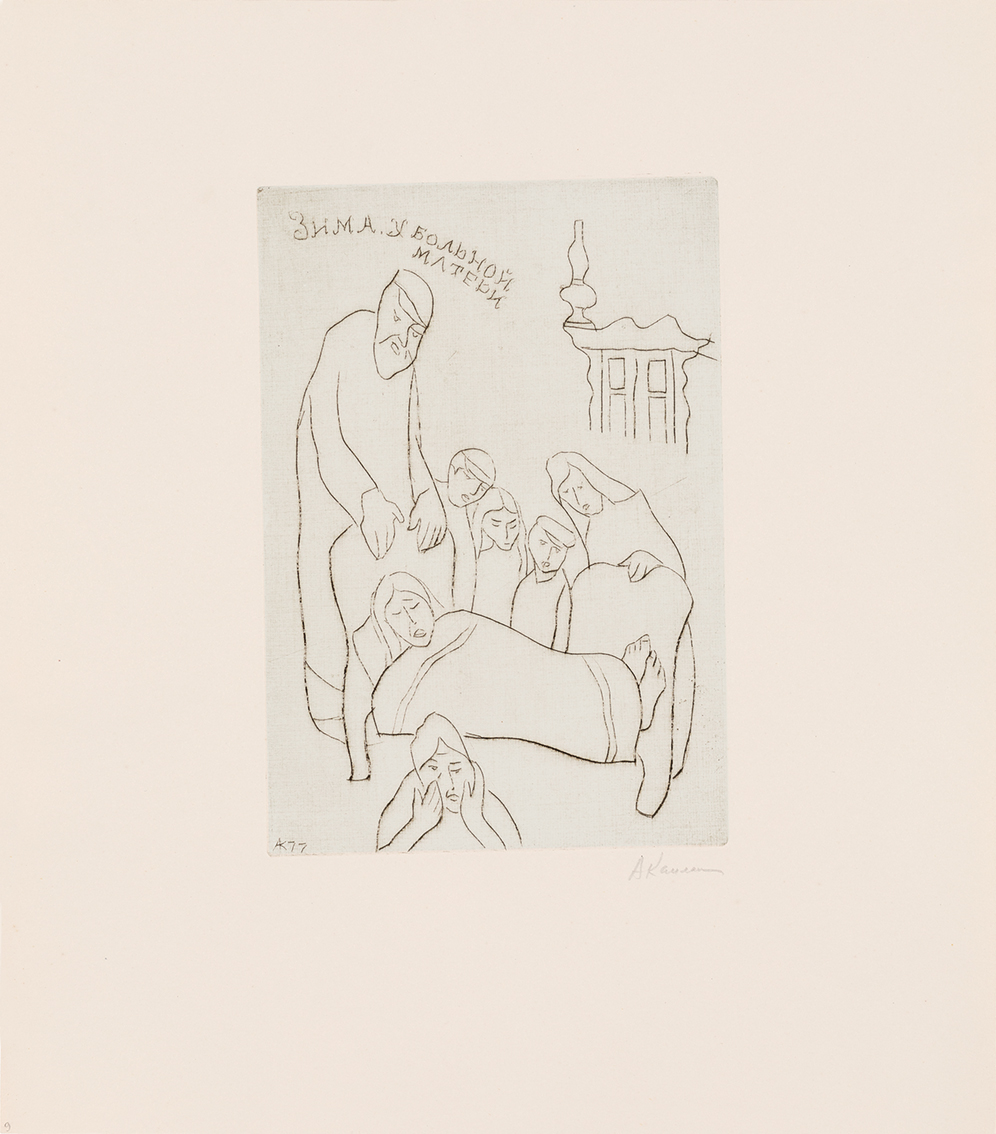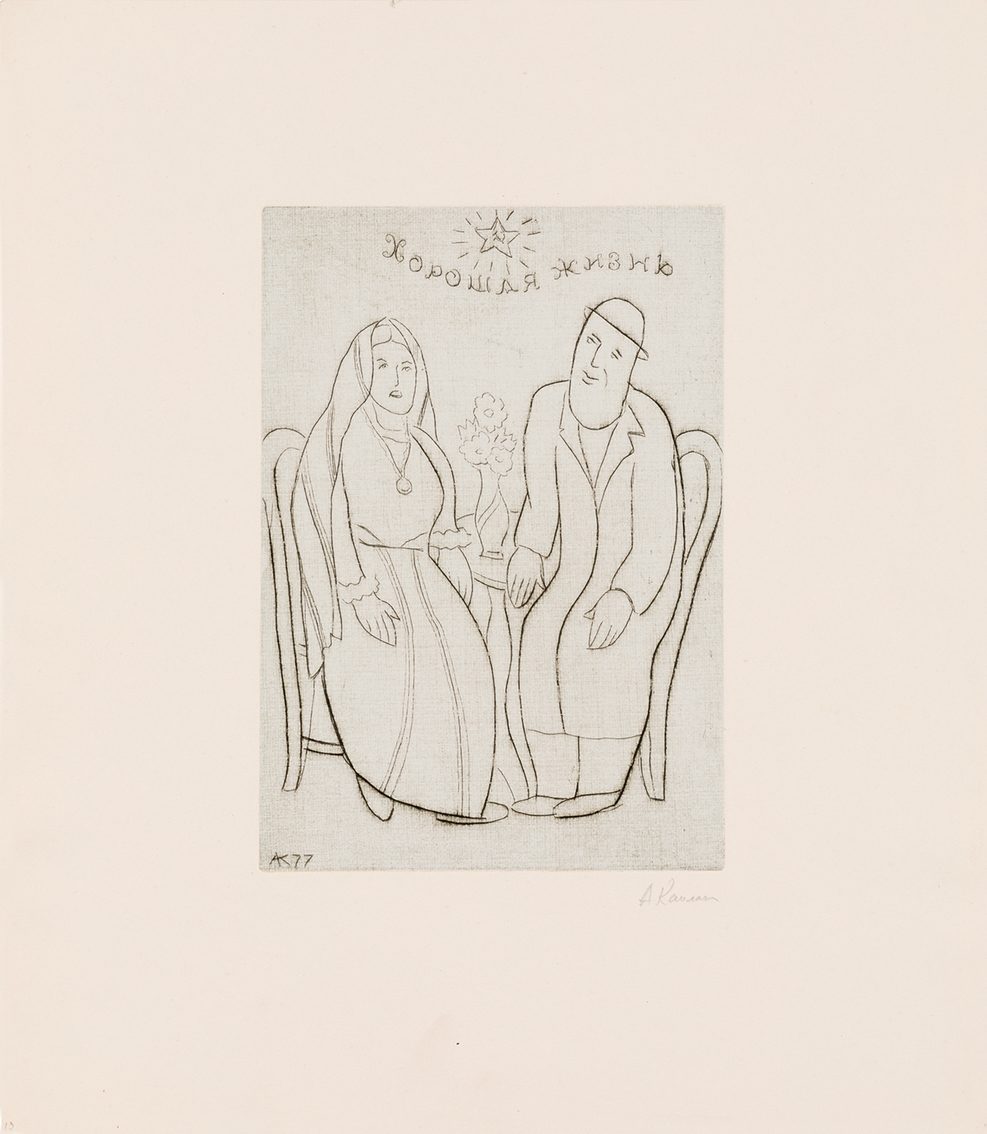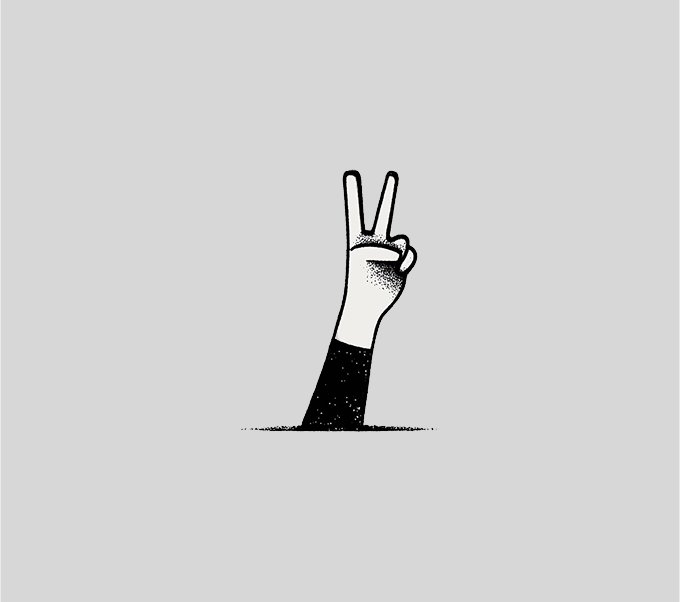Internationally acclaimed Russian composer Dmitri Shostakovich wrote the song cycle From Jewish Folk Poetry in 1948, a time when the postwar anti-Semitic campaign was raging in the Soviet Union and the composer himself, though not Jewish, faced denunciations for his music.
Shostakovich was impressed with Jewish folk music for its ability to “appear happy while at the same time tragic. It’s almost always laughter through tears.” Noting the influence of Jewish folk music on his own work, he explained: “There should always be two layers of music. Jews were tormented for so long that they learned to hide their despair. They express despair in their music…”
Passing a bookstore after the war, Shostakovich saw a volume of Jewish folk songs compiled by Y.M. Dubroshin and A.D. Yuditsky and edited by Y.M. Sokolov. Seeing that the book contained only texts, the famous composer decided to choose several of these songs and set them to music. Due to the political situation and numerous arrests, including those of Dubroshin and Yuditsky, the first performance of From Jewish Folk Poetry took place years later and only after Stalin’s death.
Kaplan often went to the Philharmonic to see Shostakovich’s concerts. The posters advertised the performances under the title Shostakovich: Songs from the Cycle; the Soviet censors had removed the word “Jewish.” Kaplan attended these concerts and in 1962-63 created artwork based on the cycle. He sent the entire collection of these works to Shostakovich, who praised them for their originality, quality and beauty and invited Kaplan to his box at the Philharmonic.
In the late 1970s, Kaplan returns to From Jewish Folk Poetry, this time using etching and drypoint.
As we admire the individual works from this cycle, we can almost hear the music of Shostakovich rising and falling.
